hubcaP sMiley
Evelyn Yard, London
25 June - 21 August 2015
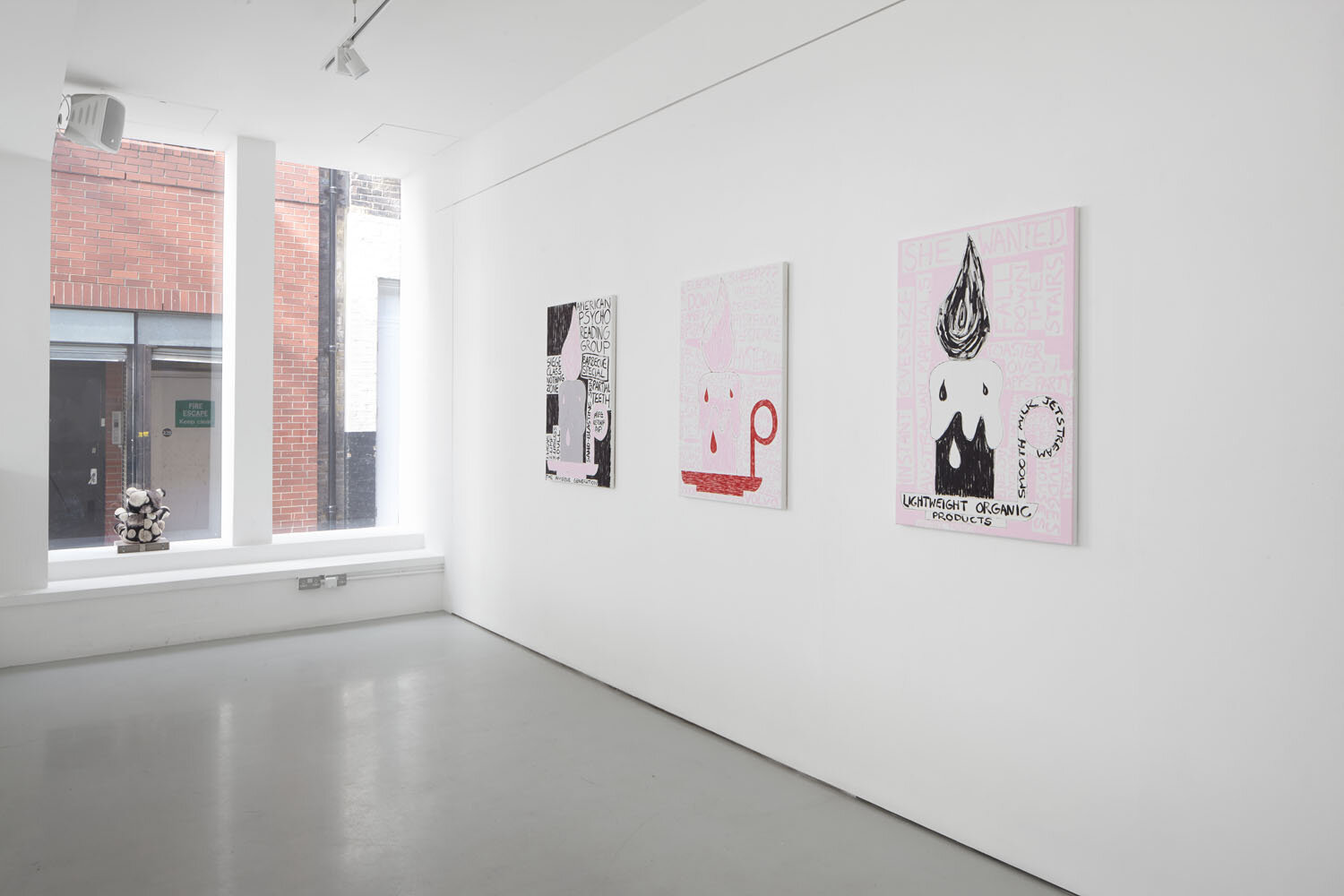
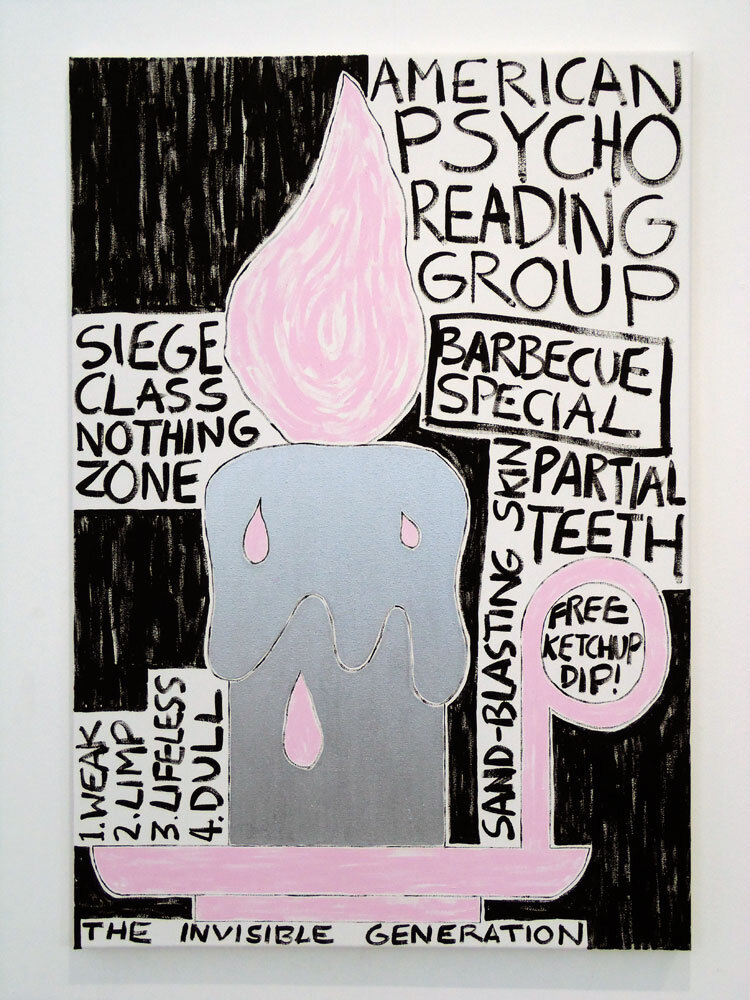
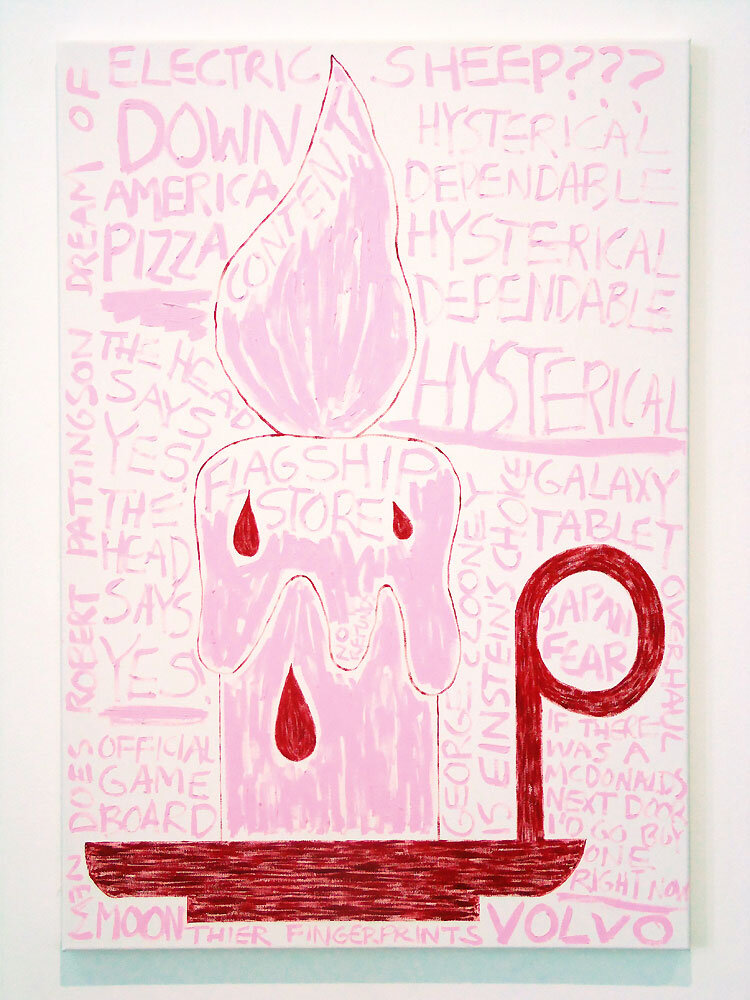
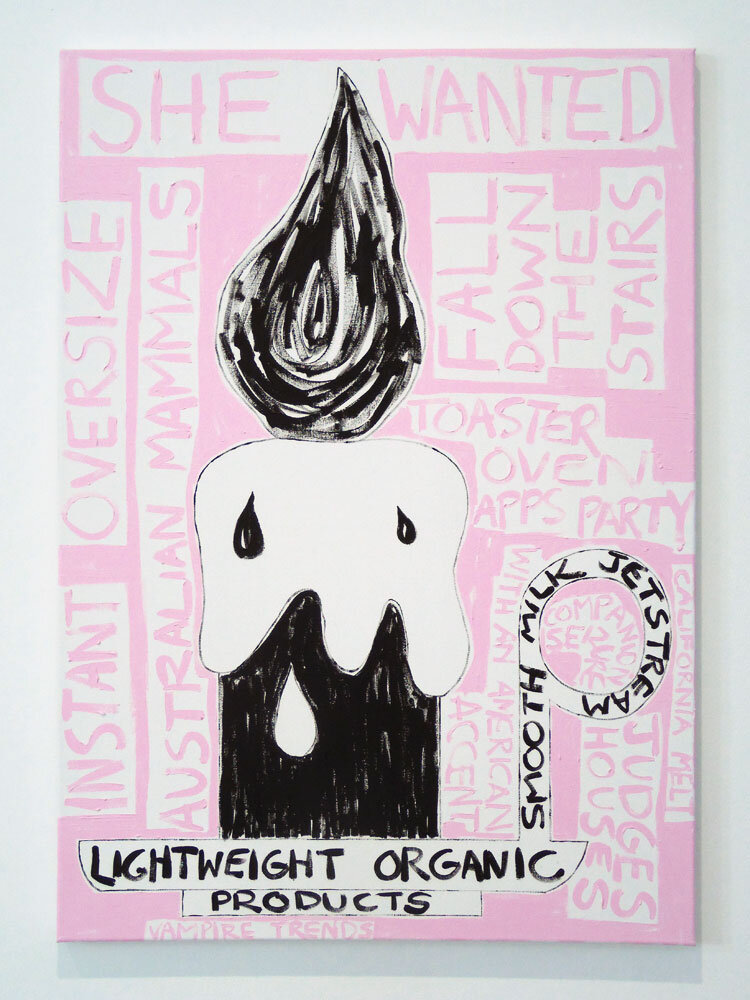
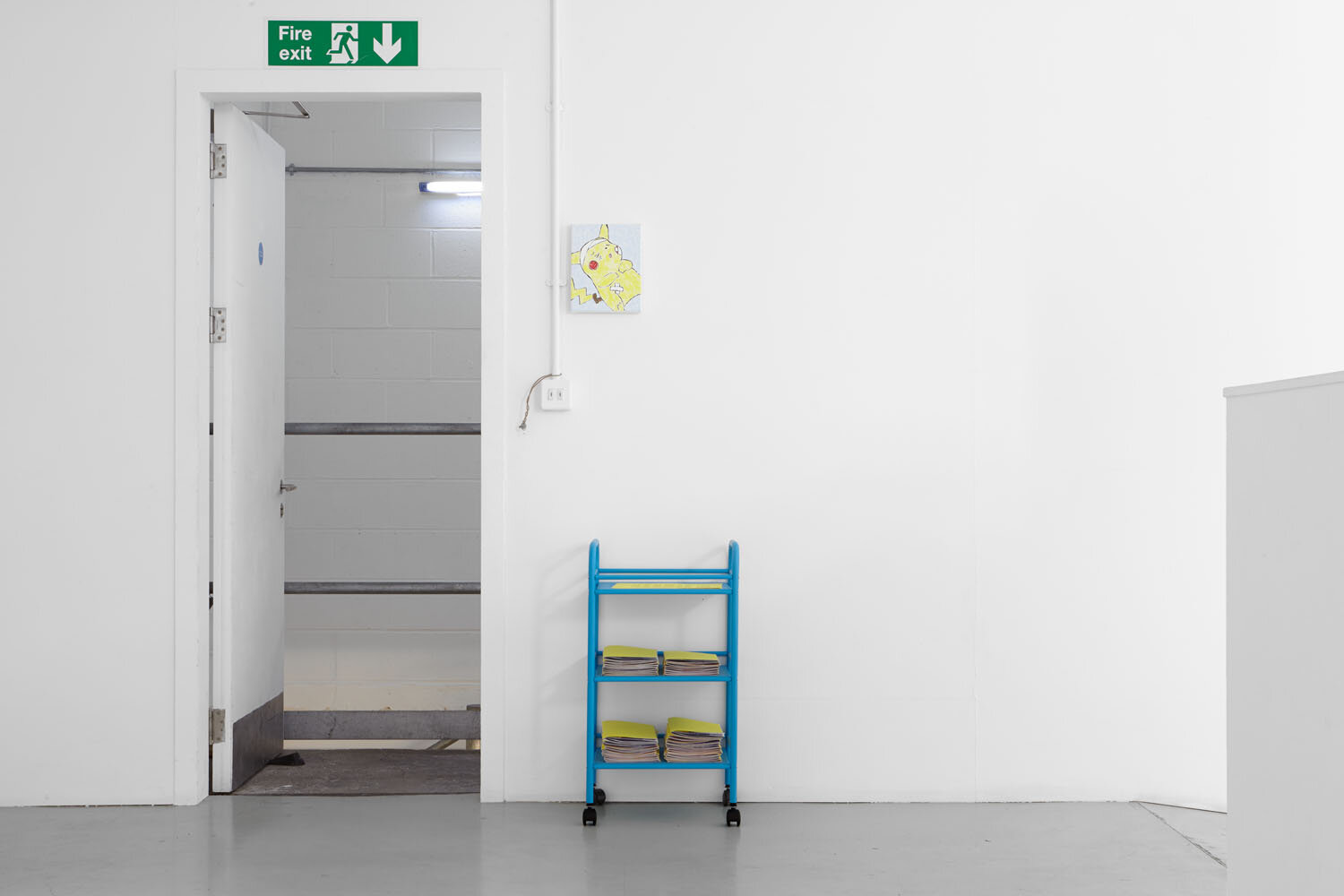
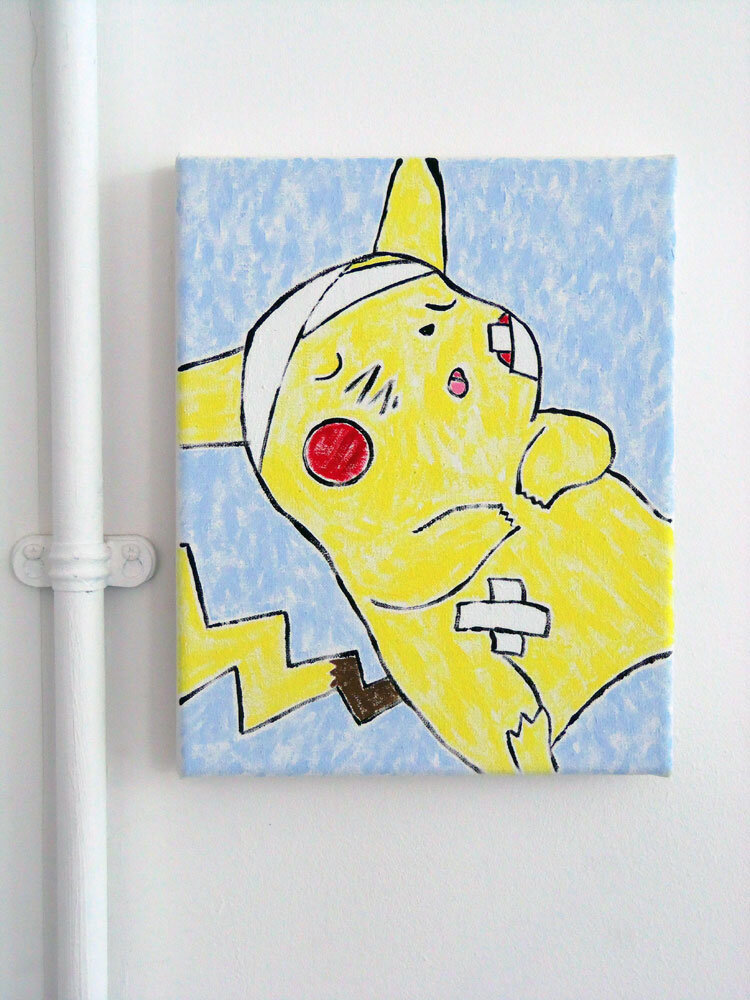
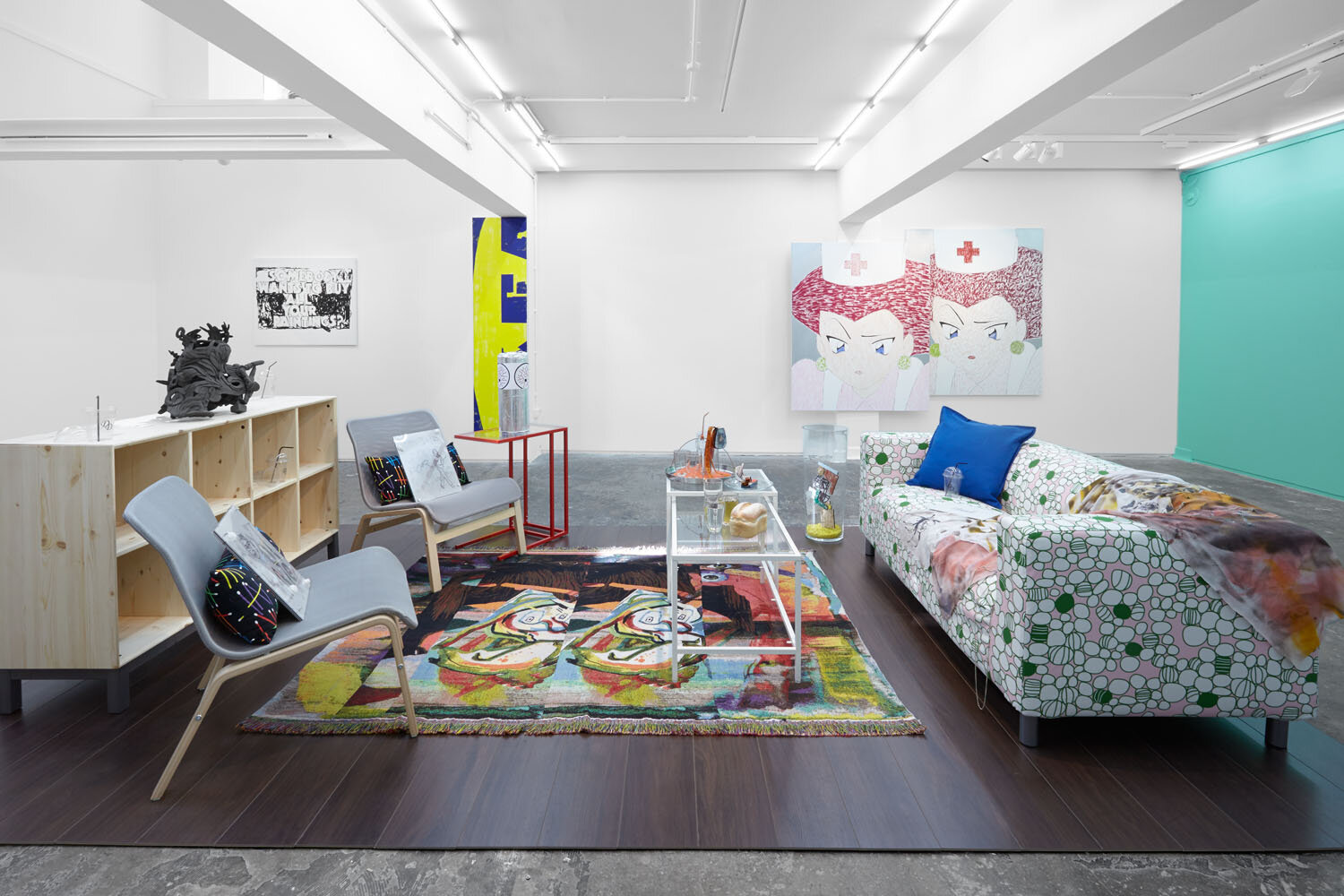
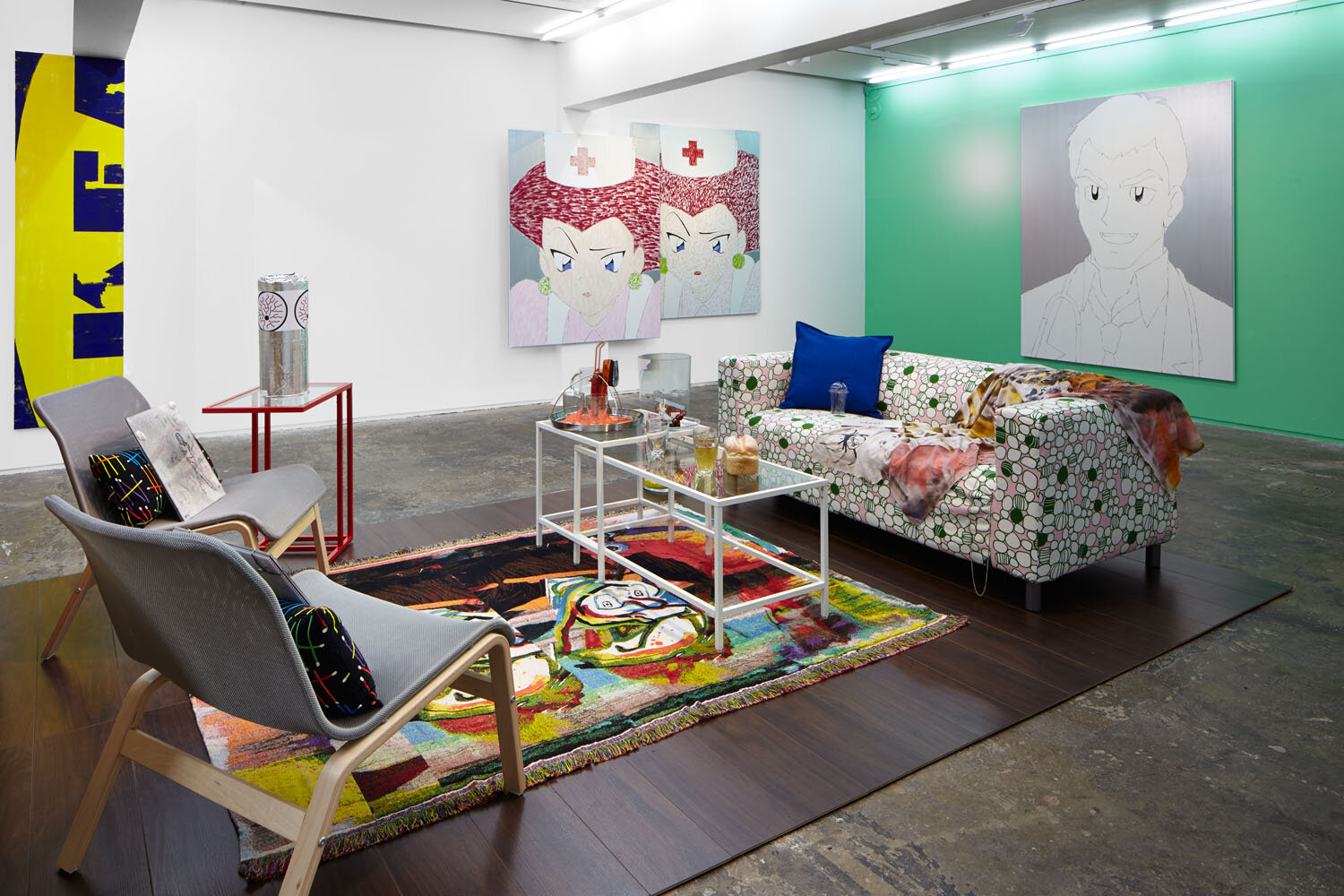
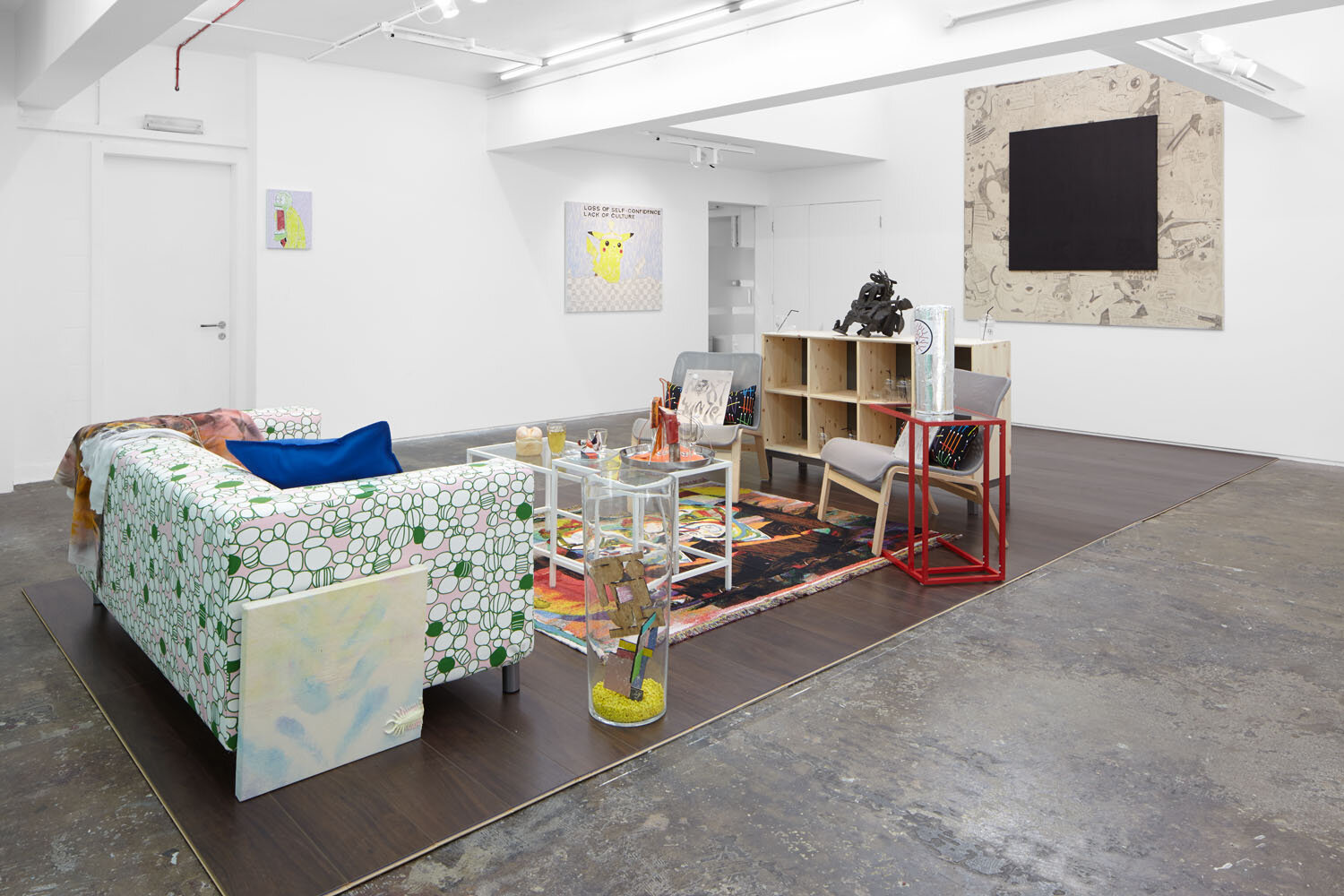

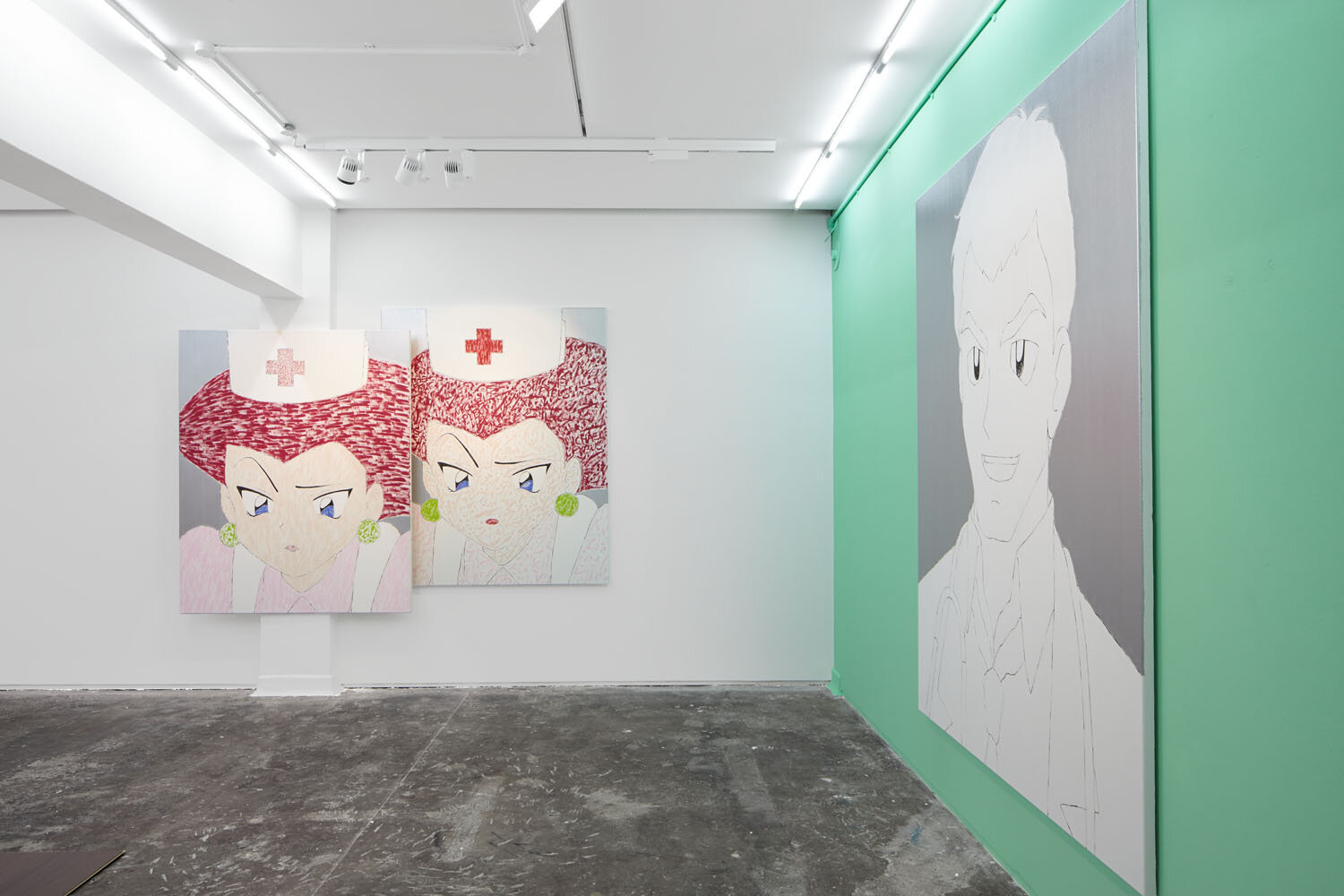
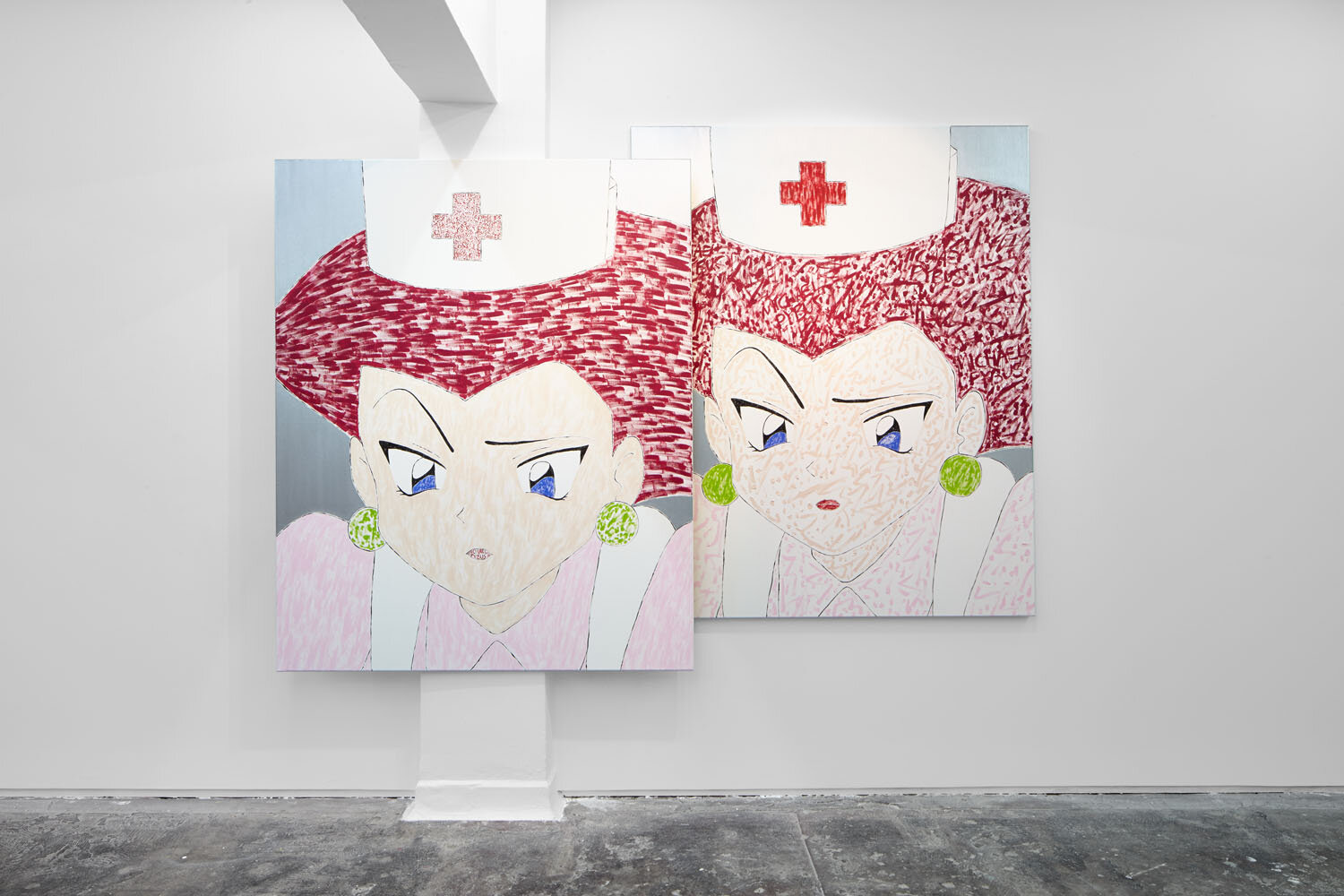
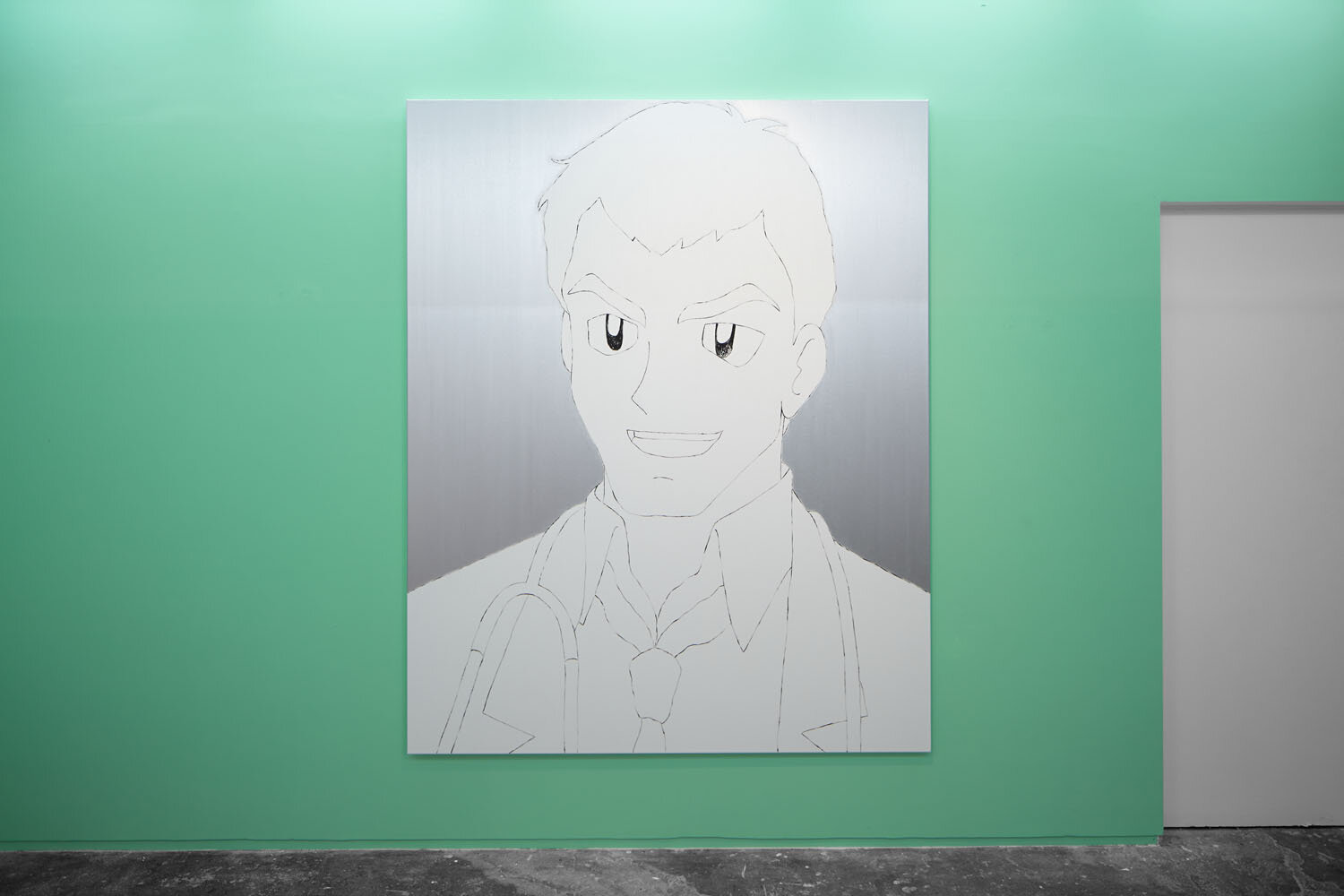
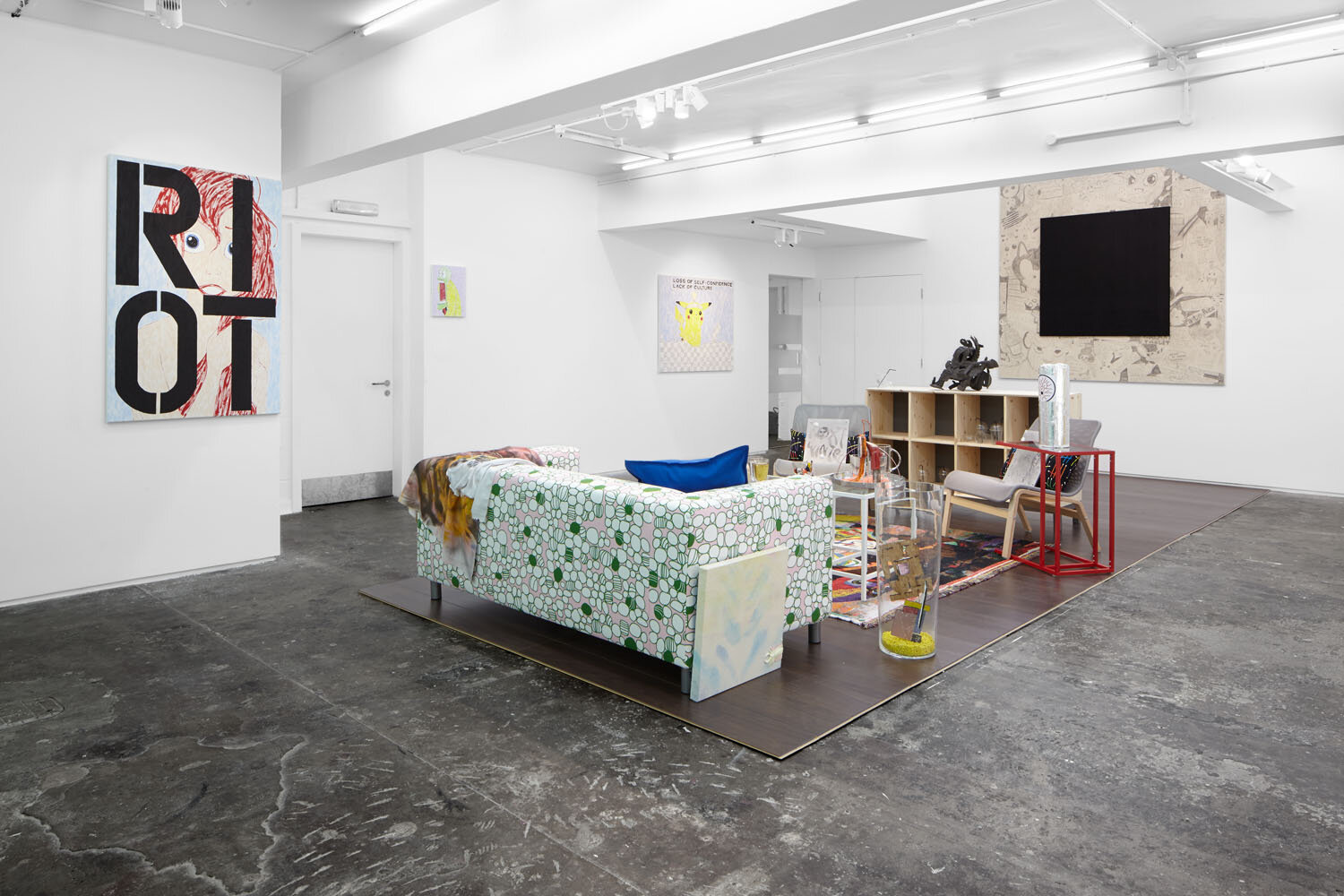
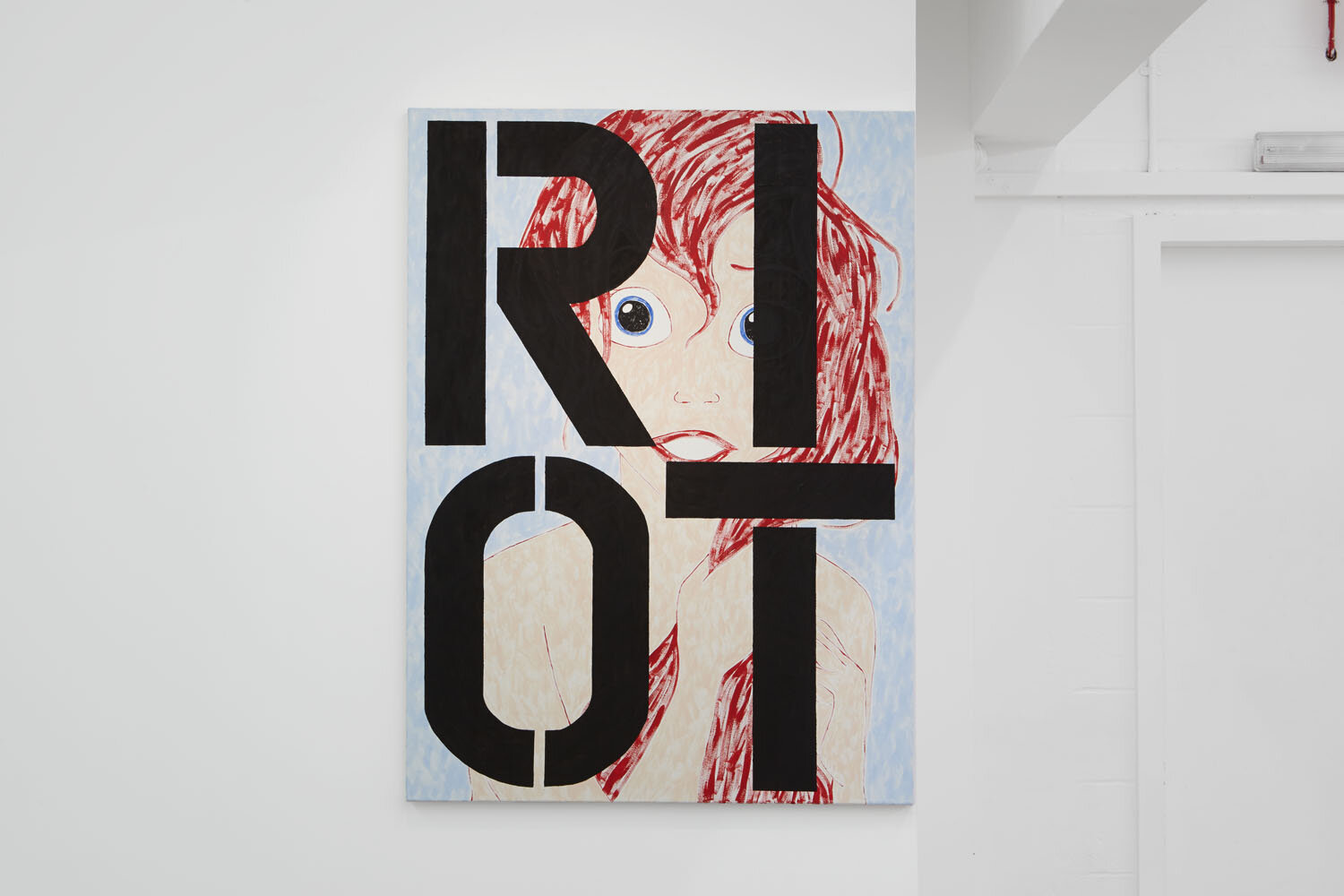
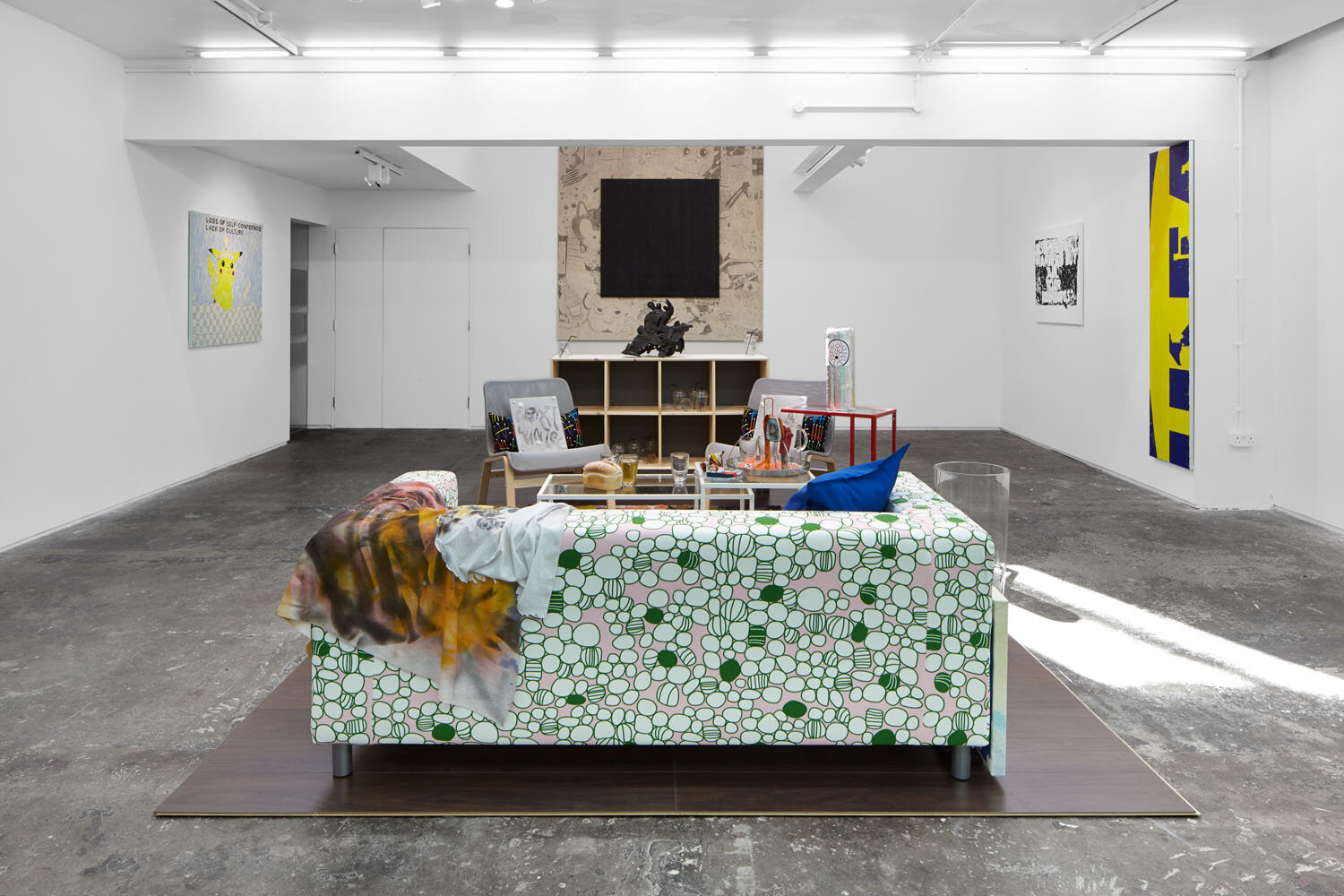

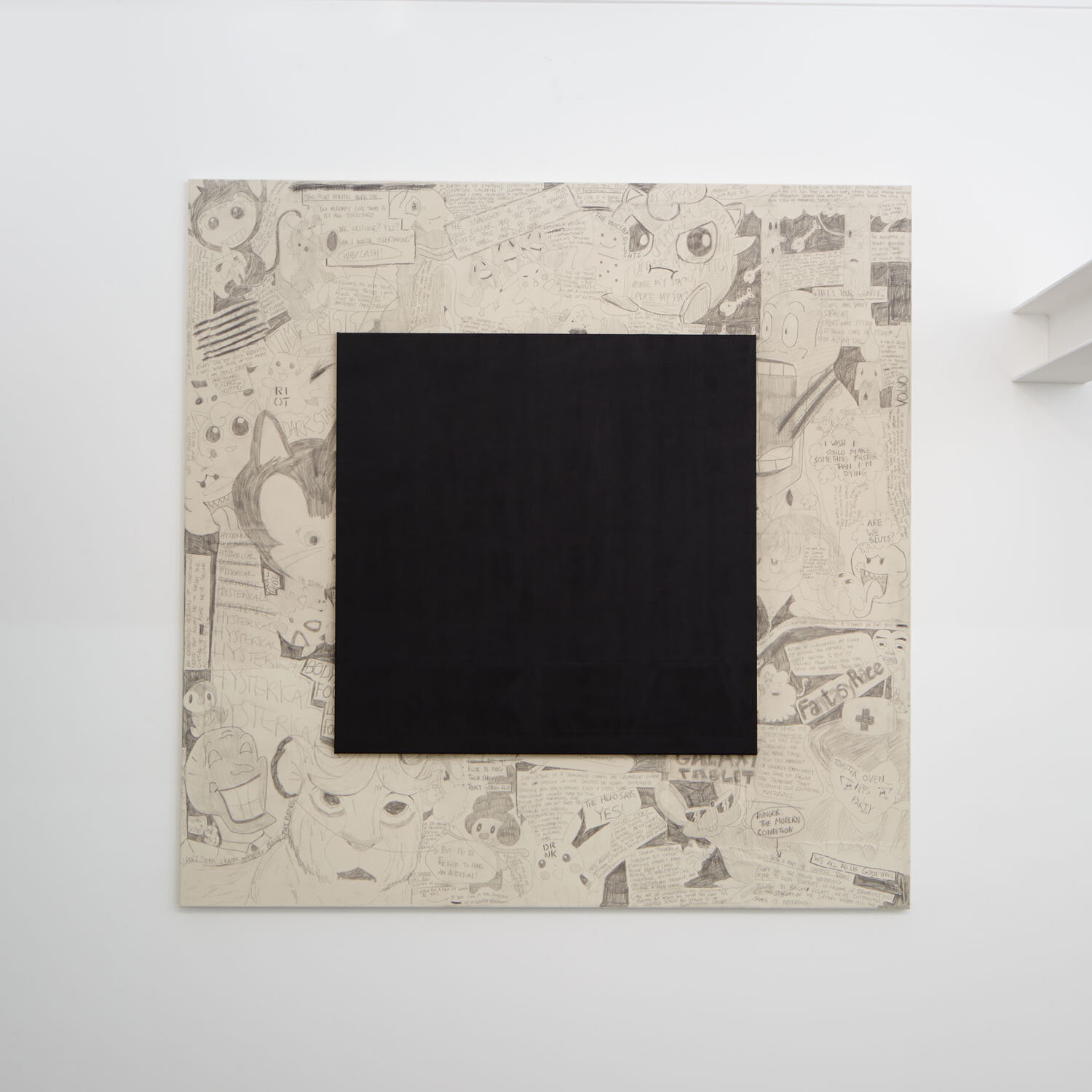
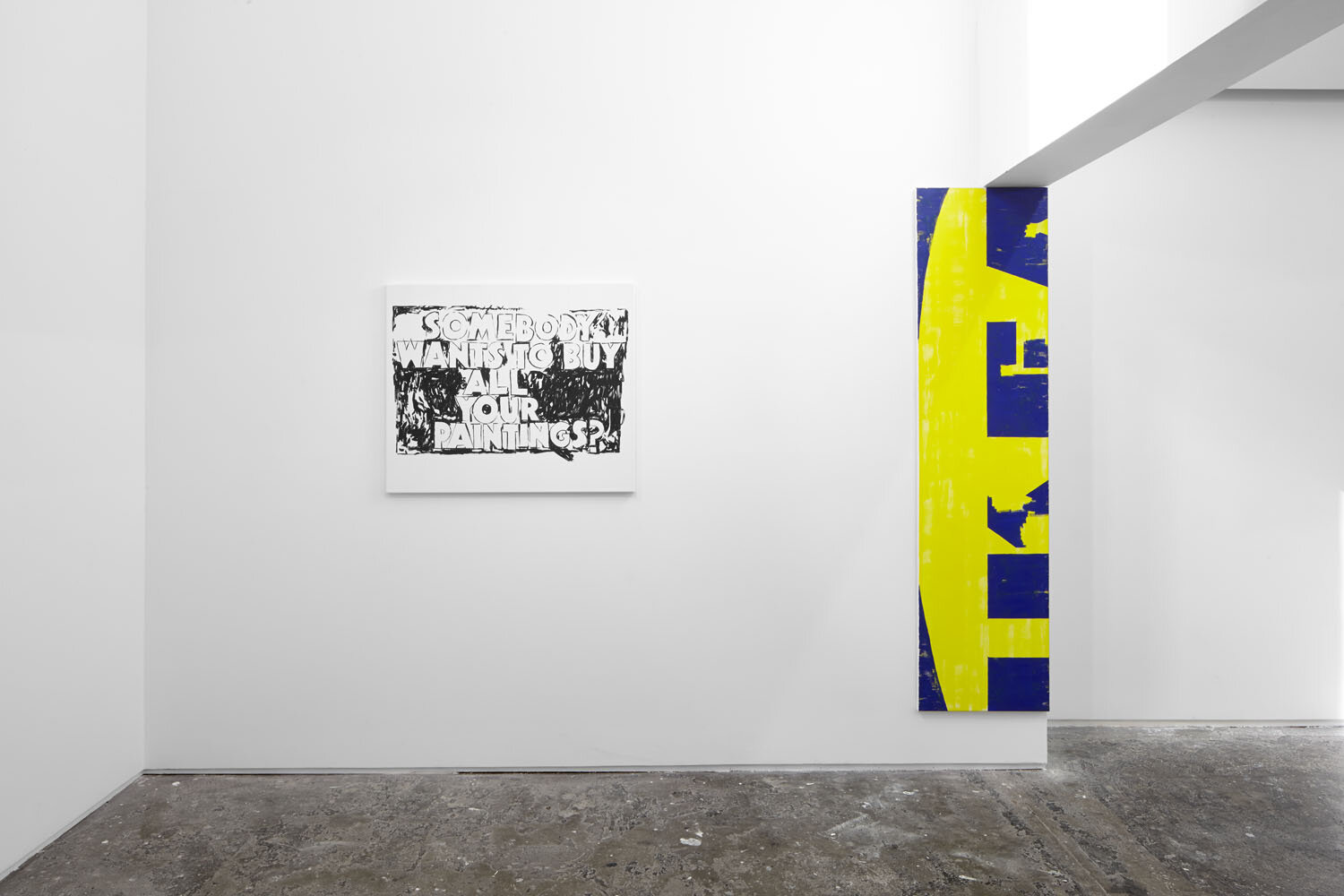
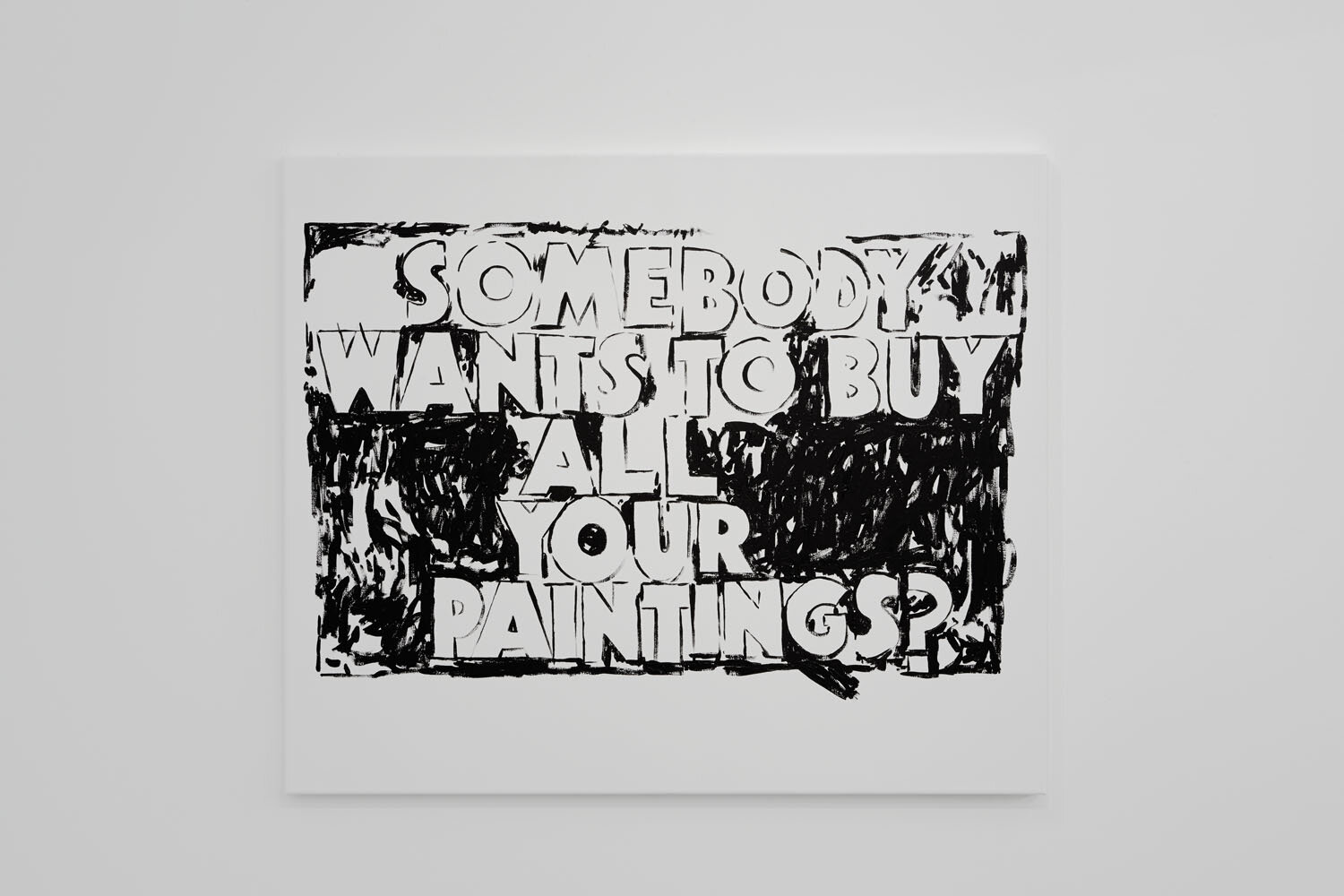

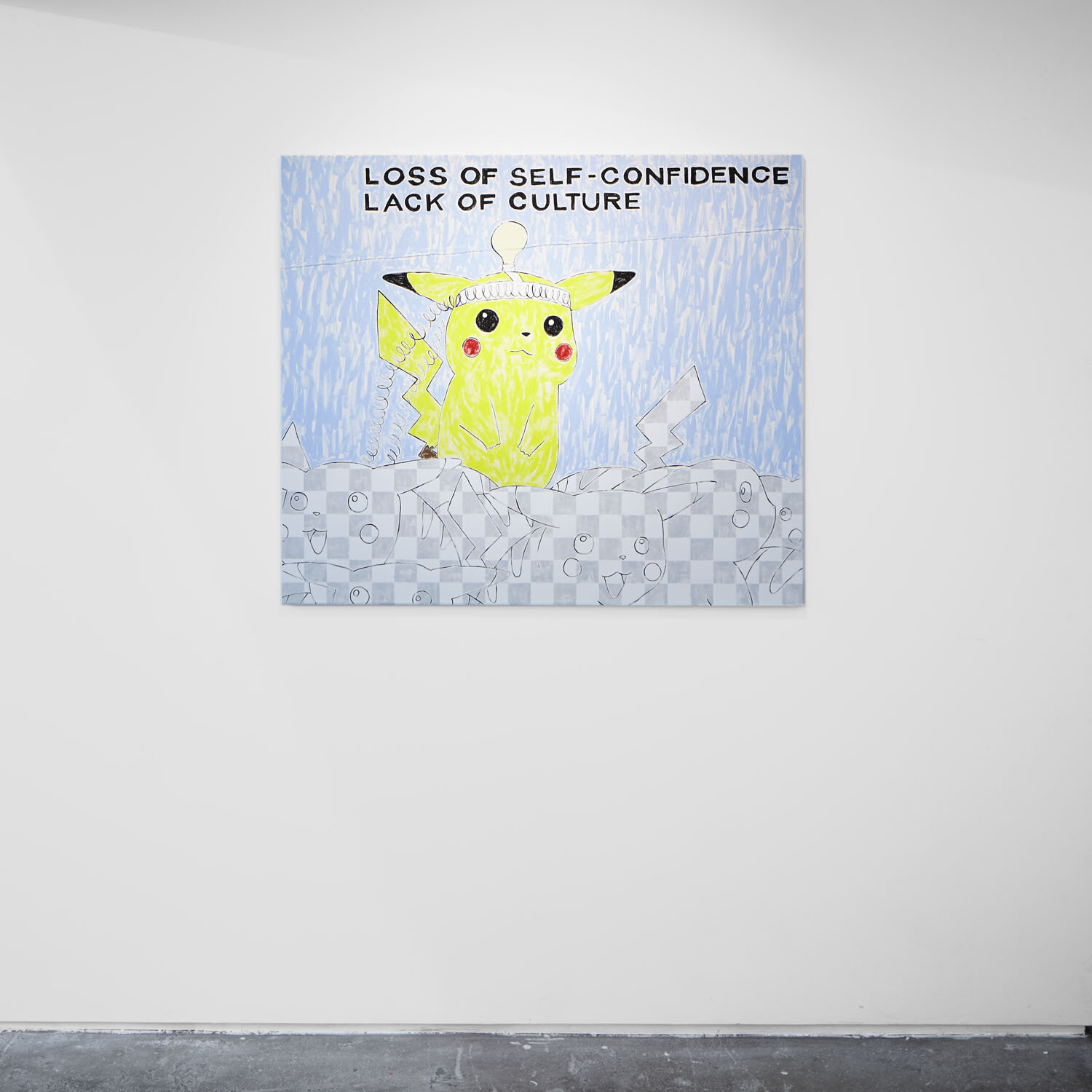
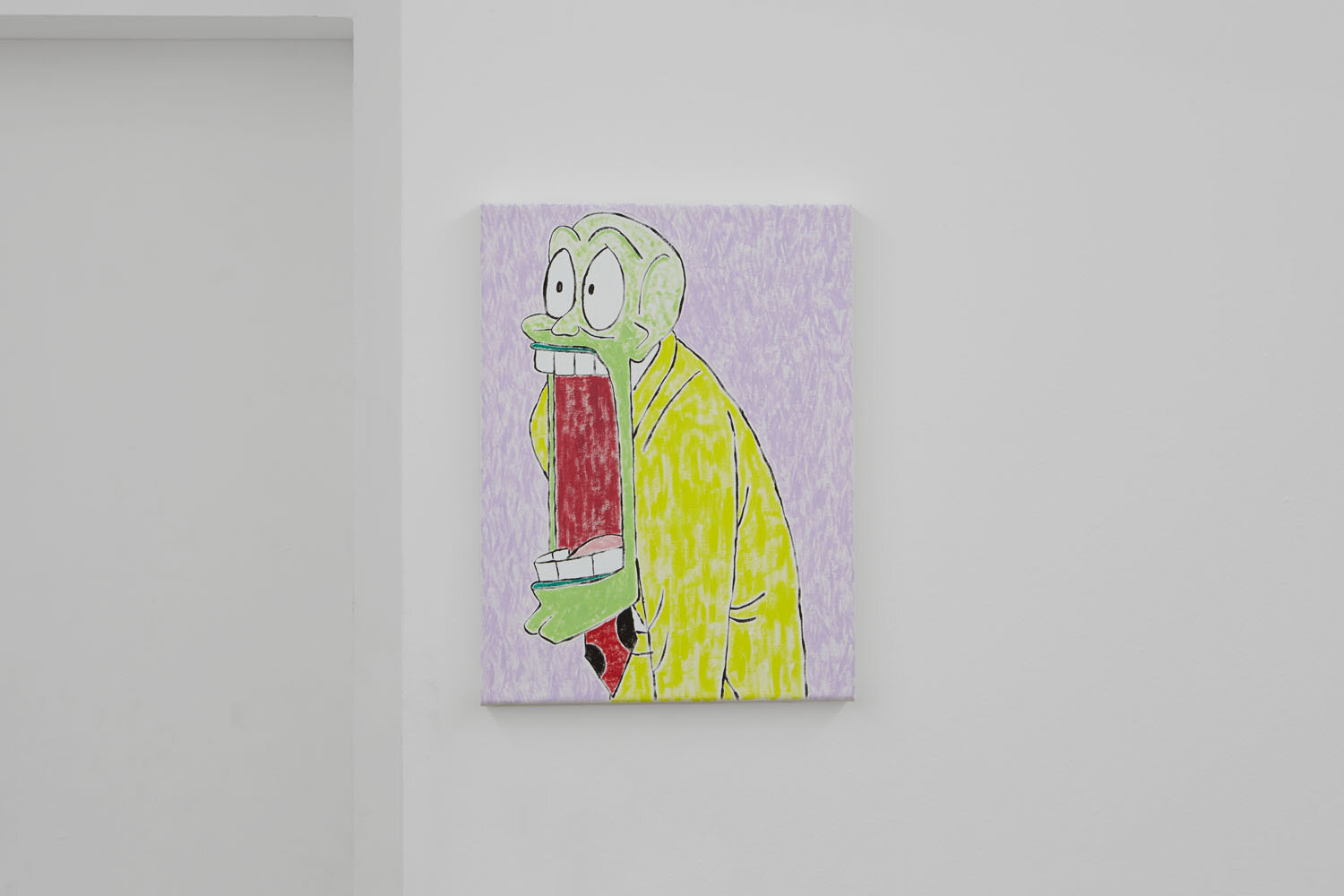
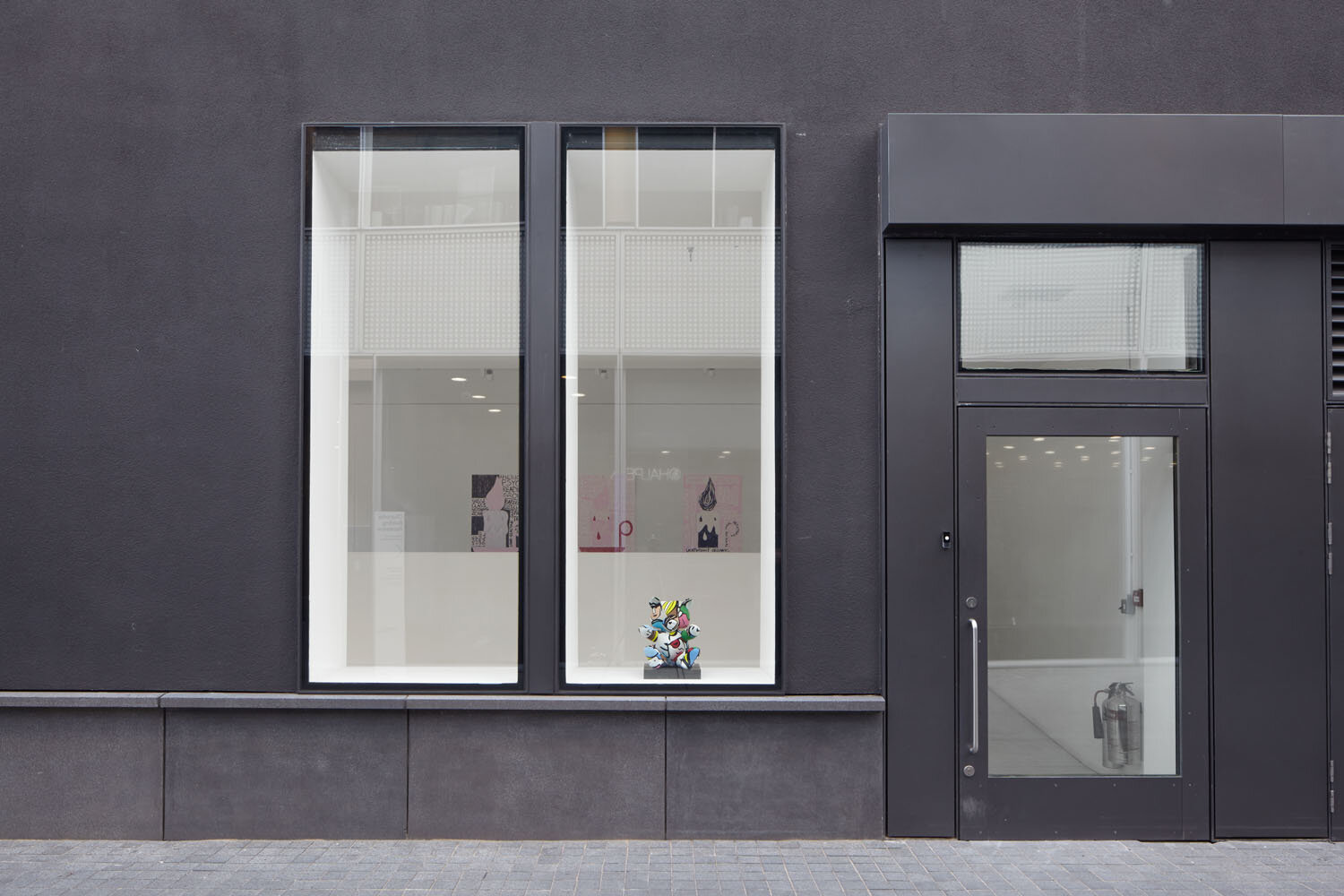
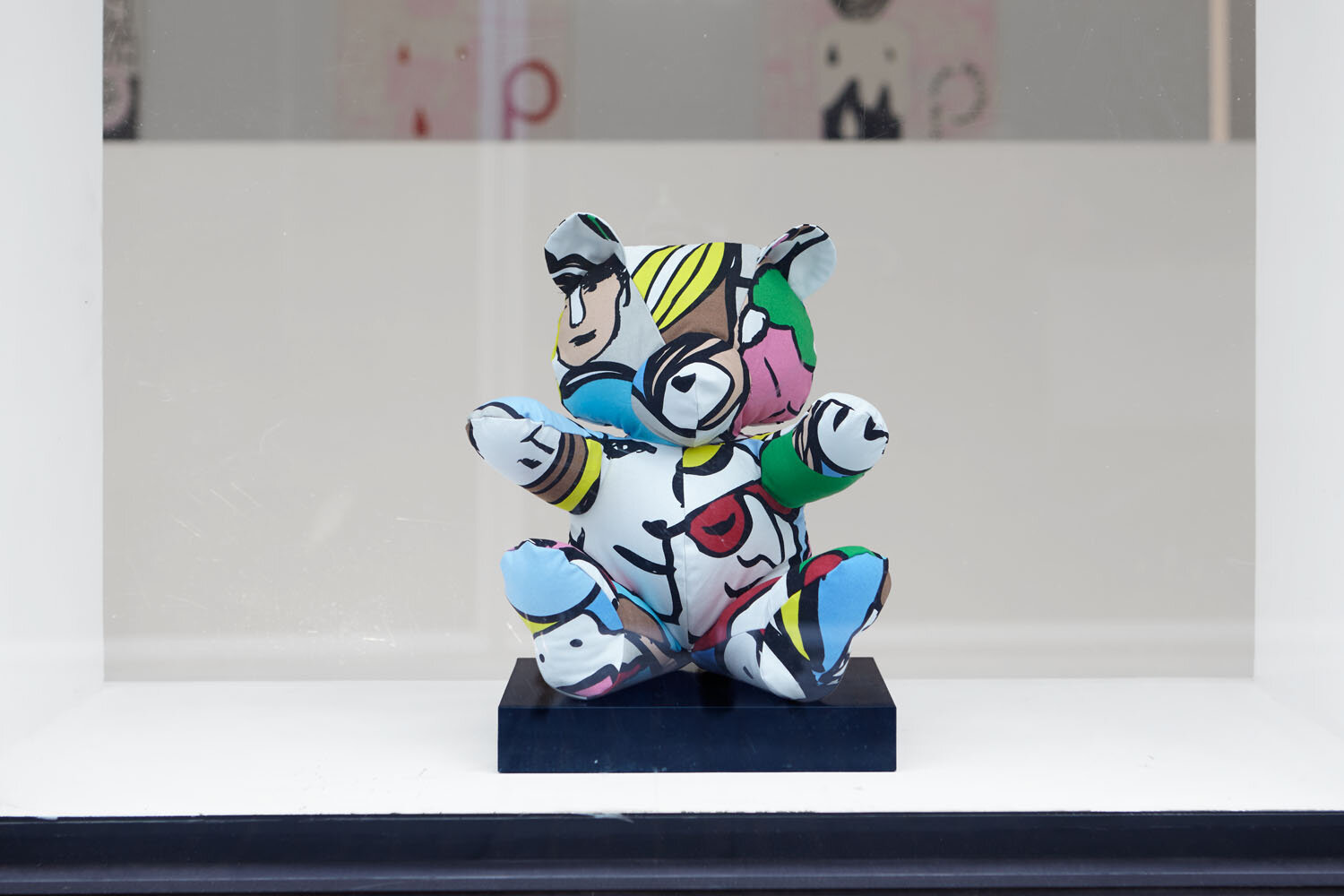
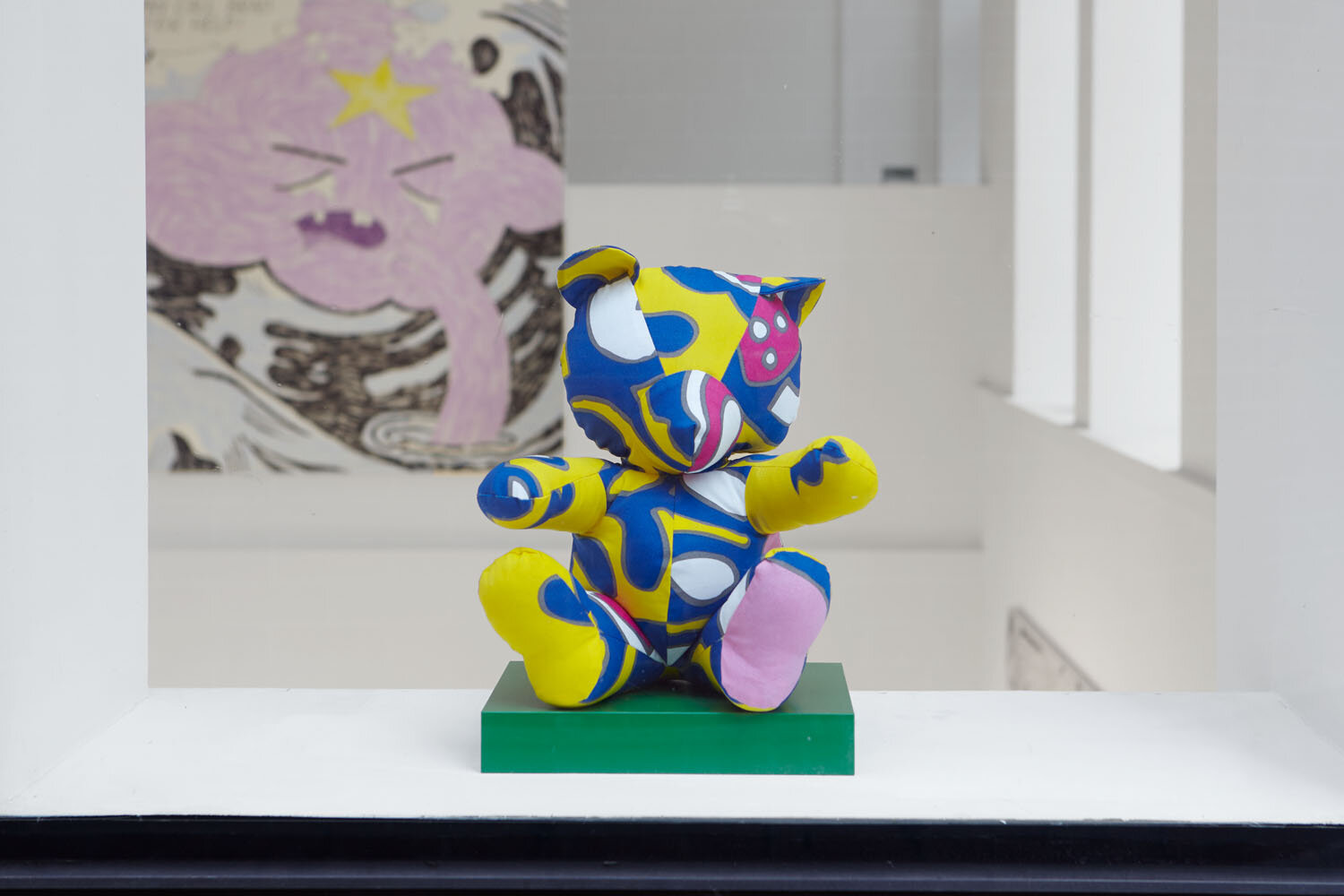
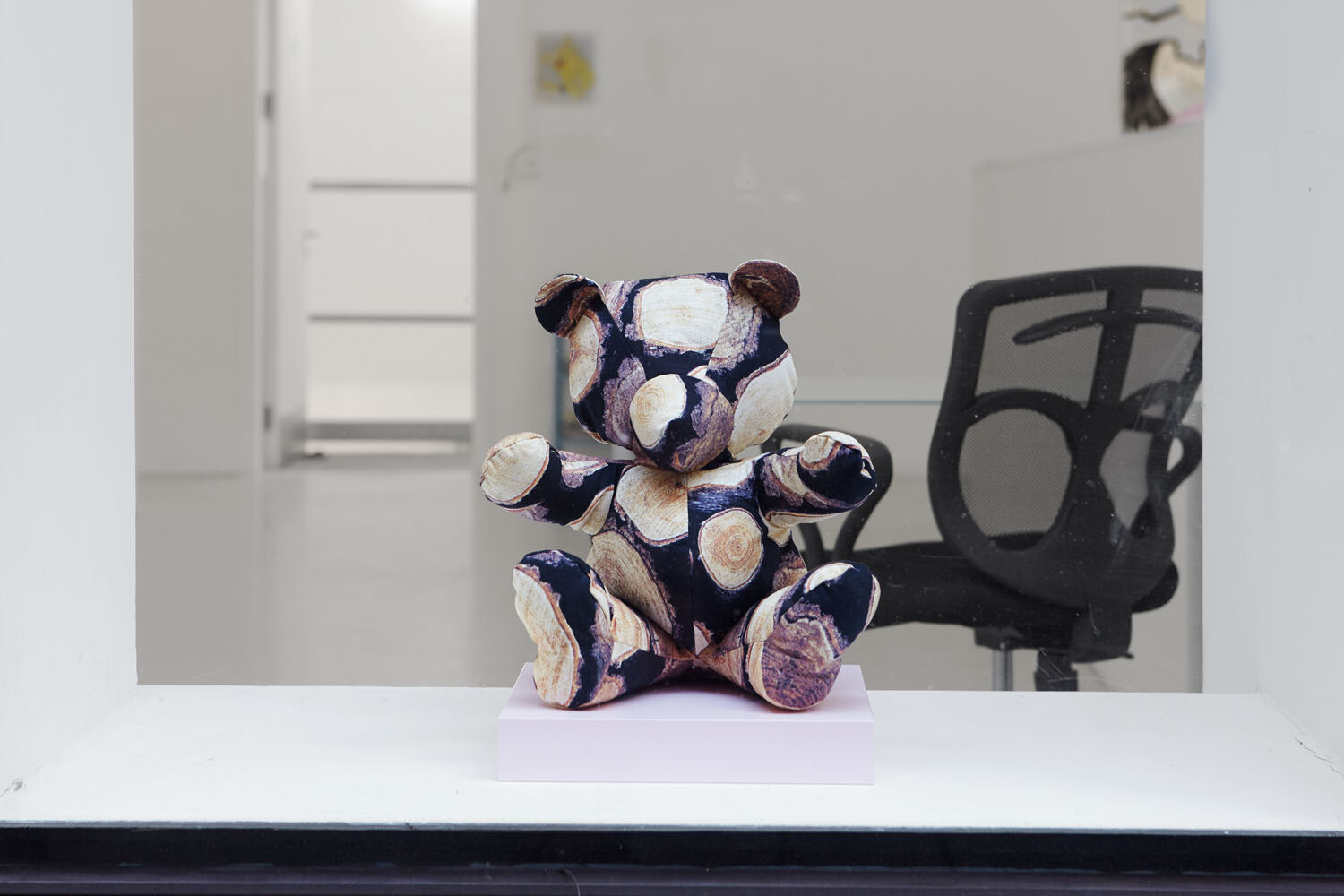
The anagram of Michael Pybus - hubcaP sMiley aptly muddles the brand name of the artist into a jokular automotive emoticon. The exhibition presents fifteen paintings which each relate back to widely recognised brands or icons. Whether well known painters such as Richard Prince, Christopher Wool, Gerhard Richter, icons such as Simba, Pikachu and Lumpy Space Princess, or brands such IKEA and Disney.
Here, paintings have been re-branded to create new hierarchies and image relationships. The 'almost' familiar is given a new context and a subtle nightmarish democracy reveling in its own capitalist soup. Like branding exercises in the mid-nineties such as the now ubiquitous (and somehow tragic) catch phase adopted by superbrand GAP, 'Everyone in GAP', IKEA has tried and succeeded in creating a brand that has been placed in homes of every social and economic level, creating a visual democracy of consumer goods.
The paintings become components that can be interchanged and displayed in multifarious ways like the goods in the showrooms of the stores themselves, as seen in the showroom set up - ·F ·R ·I ·E ·N ·D ·S ✓Friends, starring are a group of artists that have worked together with Pybus and his project space WELCOME SCREEN in East London, acknowledging the ease which a global international network is created, often through social media. We are now often first introduced to and consume art via the digital realm, where this network can be used to expand the audience of the work via APPS like instagram.
On a daily basis, endless versions of images surround as a result of our 'image-excess' culture. Shifts in scale, colour, orientation that are seen in multiple open windows on our computer screens, cell phones, on-street advertising, tumblr/instagram feeds and the scrolling of Facebook speed up the time we spend looking.
The processing of digital imagery through the hand and more traditional medium of oil paint suggests a sense of the slow permanent time of the analogue opposed to the fast throwaway time of the internet's digital reality. Flattened images that read as whole or understood either from afar or with fleeting glances whether cropped, pixelated, incomplete or edited here are brought together.
